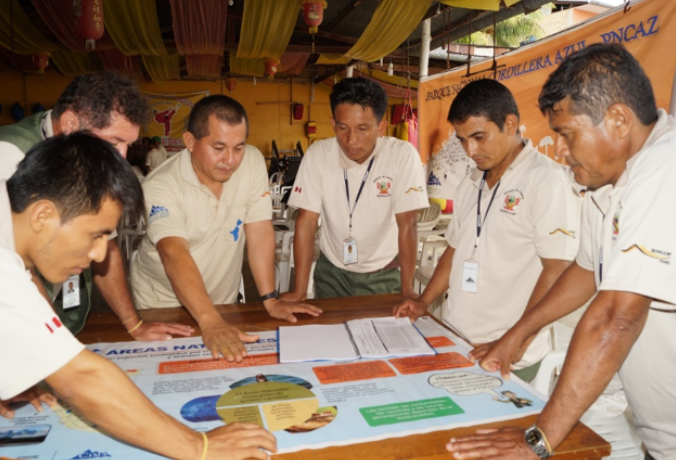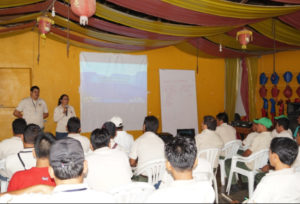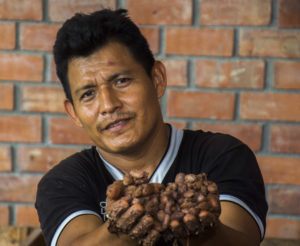Environmental education is of vital importance. It helps people all across the globe to understand ongoing environmental issues, engage in problem solving, and take crucial action to improve the environment, both locally to the individual and on a broader, cross-boundary level. The benefits of environmental education are profound and multi-faceted, resulting in a deeper understanding of environmental issues and the skills to make the correct, informed and responsible decisions.
At our Cordillera Azul National Park project in Peru our implementing NGO partner CIMA runs a wide programme of environmental education for local communities. This work is a crucial element in the survival of the rainforest. One of the main drivers of deforestation is due to the area experiencing high migration with new settlements popping up in the land surrounding the park. These people may not have lived in forest ecosystems previously, therefore working with them to learn about and understand the importance of the National Park is critical to protecting the forests, waters and biological diversity.
How?
Environmental education activities on the park are based on three central themes:
- Ecosystem services of forests
- Cordillera Azul National Park biodiversity and ecology
- Sustainable use of forest resources, such as improved farming techniques.
To make sure they are as successful as possible, the environmental education programme is conducted in a friendly and clear language that everyone understands and follows, as no one shoe fits all! The method used includes workshops, which are predominantly carried out in the community assemblies, making them accessible to all.
The workshops
Workshops are being carried out in the communities that live closest to the Cordillera Azul National Park, in which potential threats to the protected natural area have been identified. Approximately 15,000 people in 36 communities have benefited. Attendees are mostly men aged over 18 who (generally) make the greatest use of the natural resources and are therefore the main agents of deforestation.
In each town, 11 workshops of 30 minutes are taught, making a total of 5 and a half hours of environmental education per community.
A real improvement in local people’s actions towards the forest has been noted. In new settlements that were planning to enter the Cordillera Azul National Park to take advantage of the forest resources, and therefore create more deforestation and degradation, have backed off the plans.
Environmental education case study
This is Wilber Fasabi Rojas, he is part of a cacao cooperative located within CIMA.
He lives in lives within CIMAs impact area. A huge achievement in towns similar to his is that farmers who previously planted corn, which required slash and burn agriculture techniques causing deforestation, now grow cacao and plantain in agroforestry. This generates greater profits, with less effort and simultaneously reduces the amount of deforestation in the area as the crops grow amongst tree varieties and don’t need new cleared land every year.
These are fantastic examples of how activities such as changes to crops can be both beneficial to the farmers financially and socially but also have huge positive impacts on the environment. This is what the our model of climate finance is all about and we are thrilled to see it working in practice and brining real, tangible benefits to local stakeholders and the environment.
Read more about our work in Cordillera Azul National Park here.


